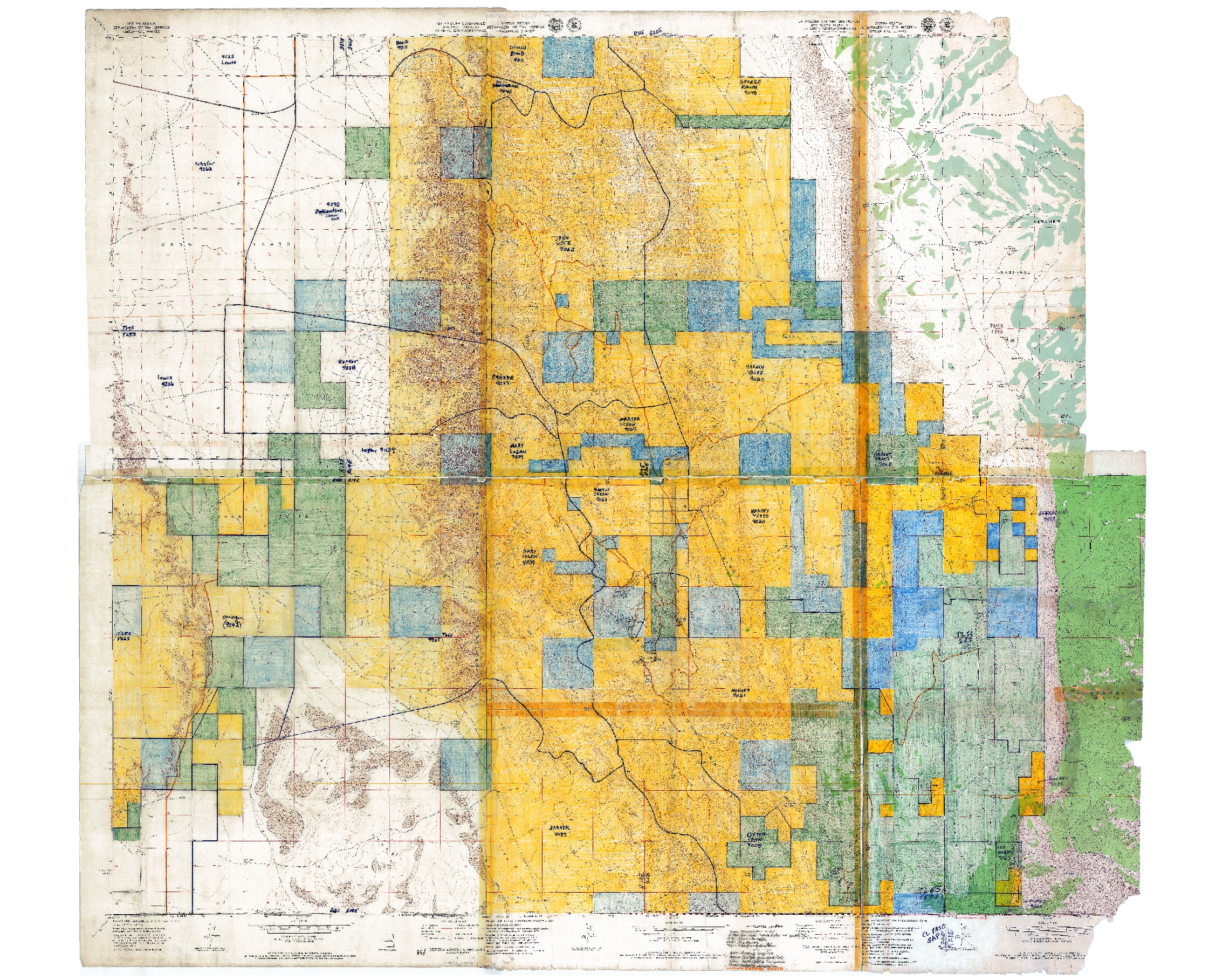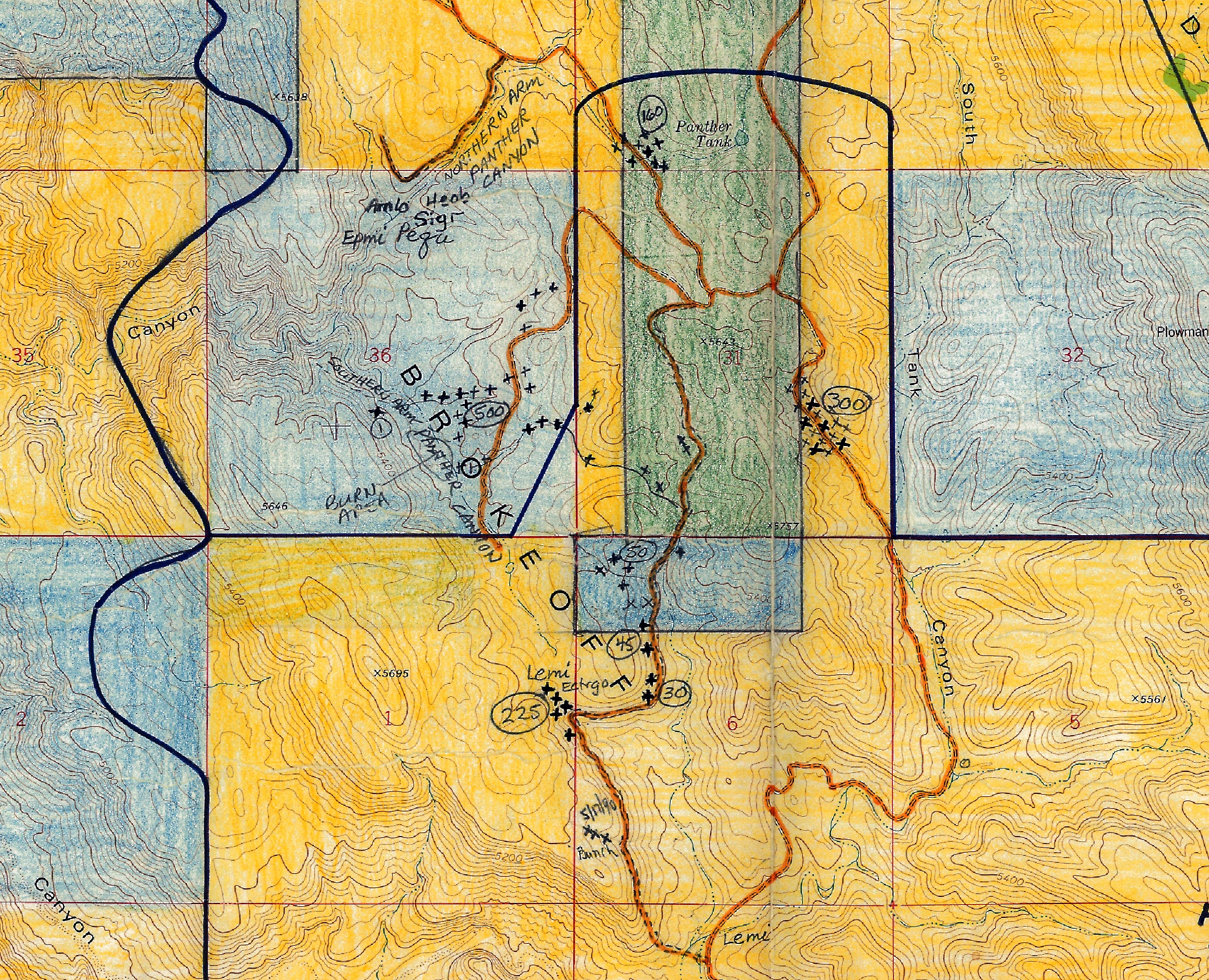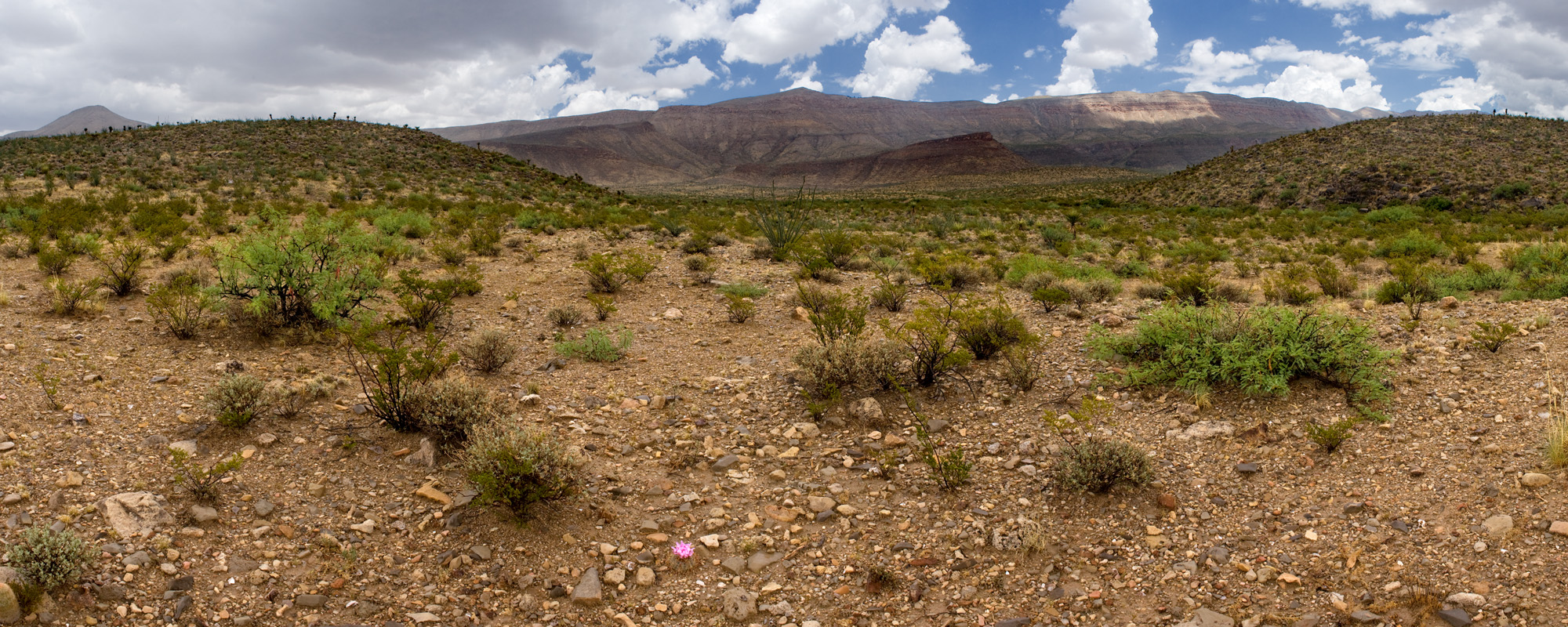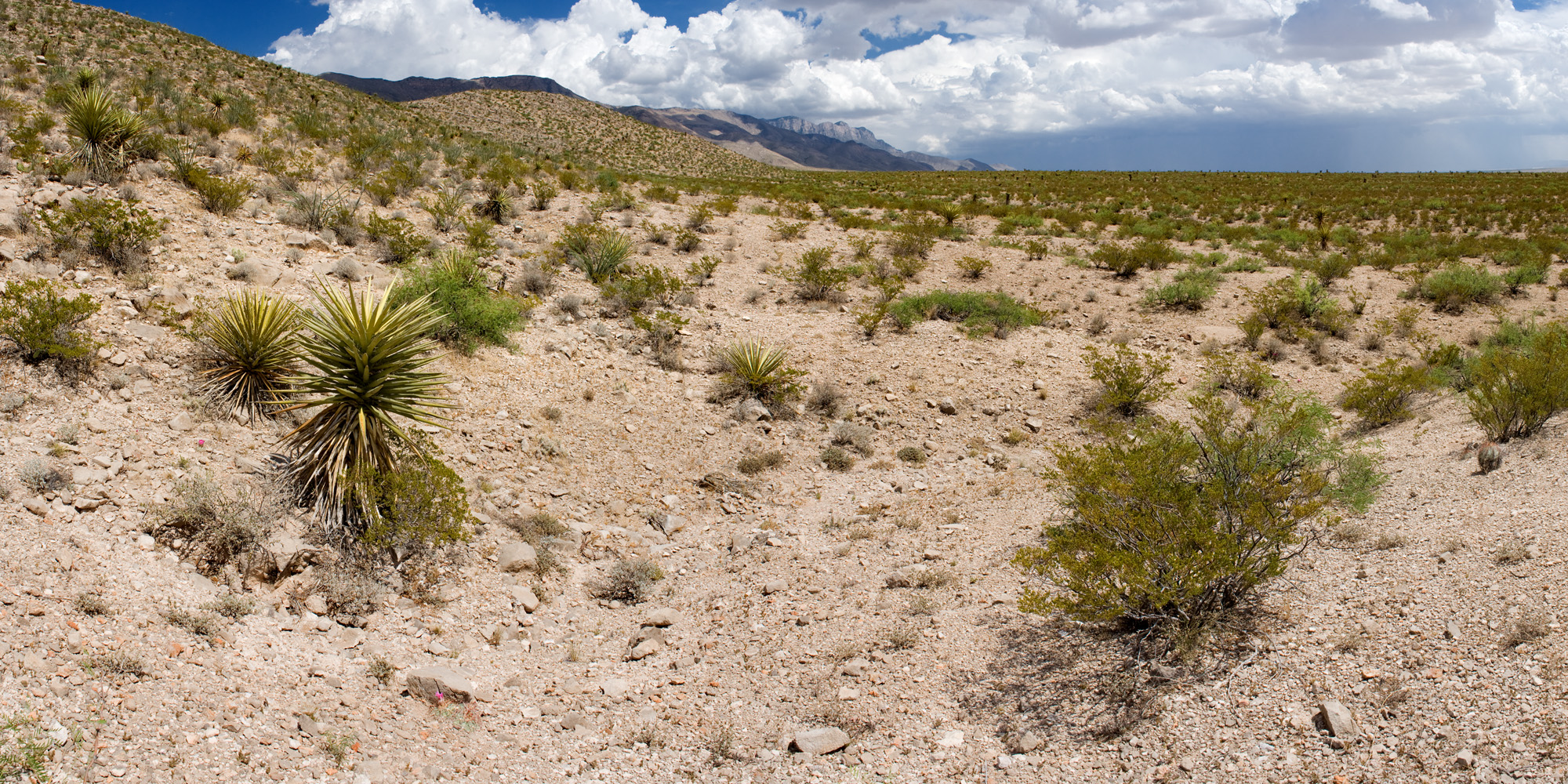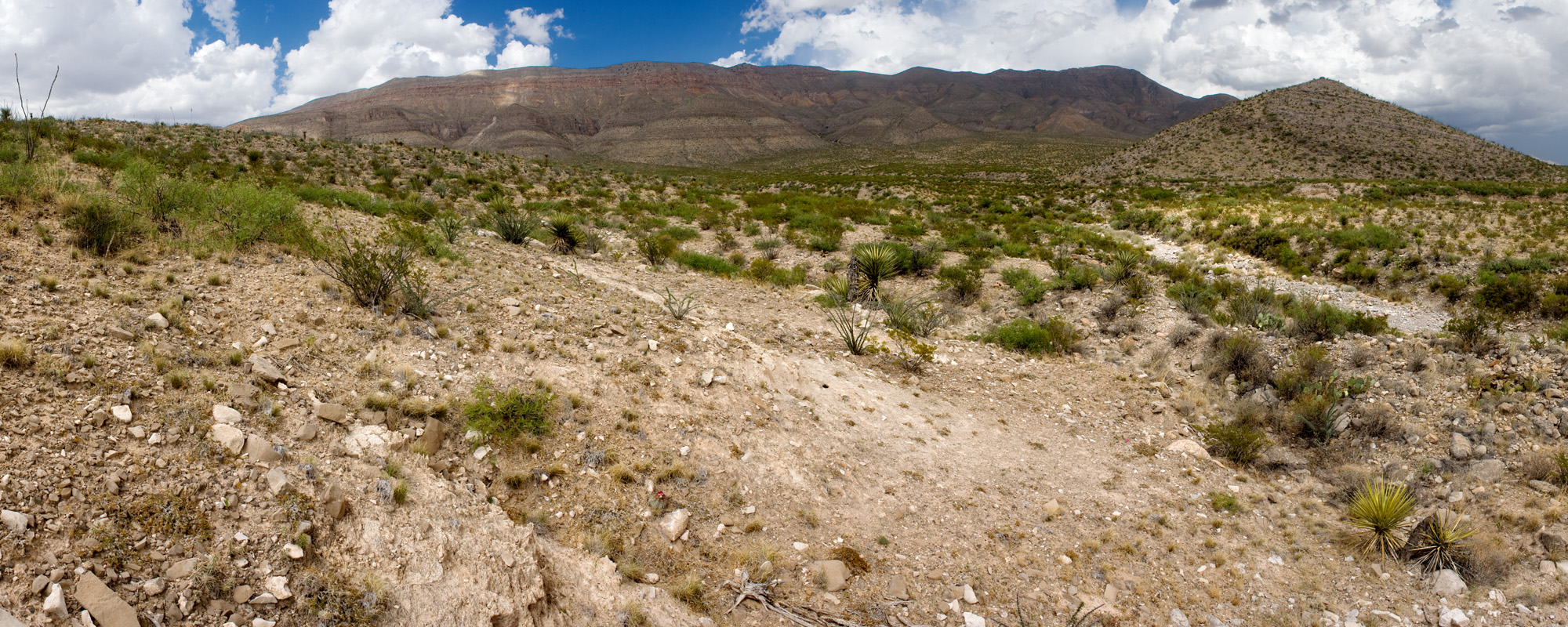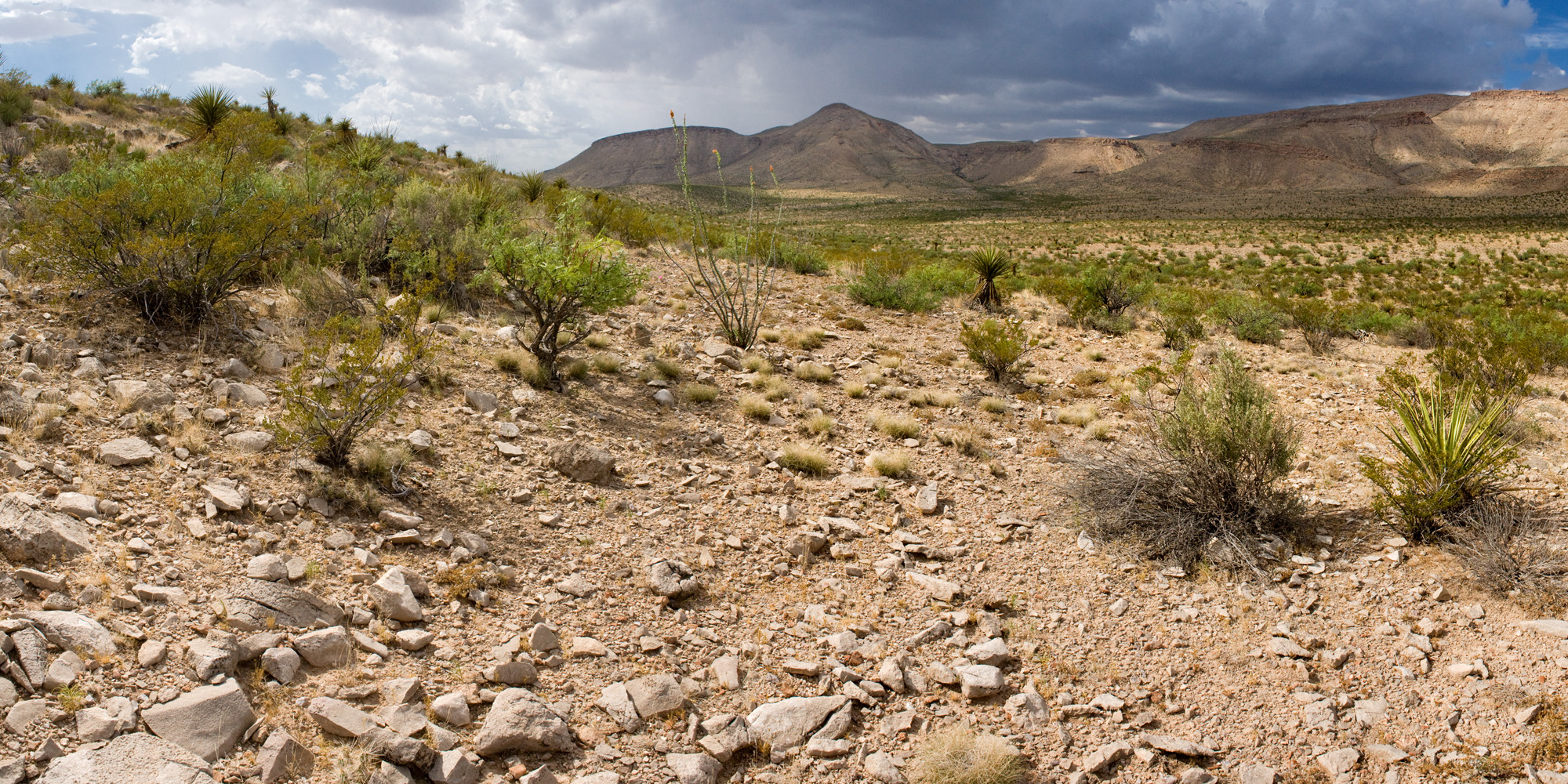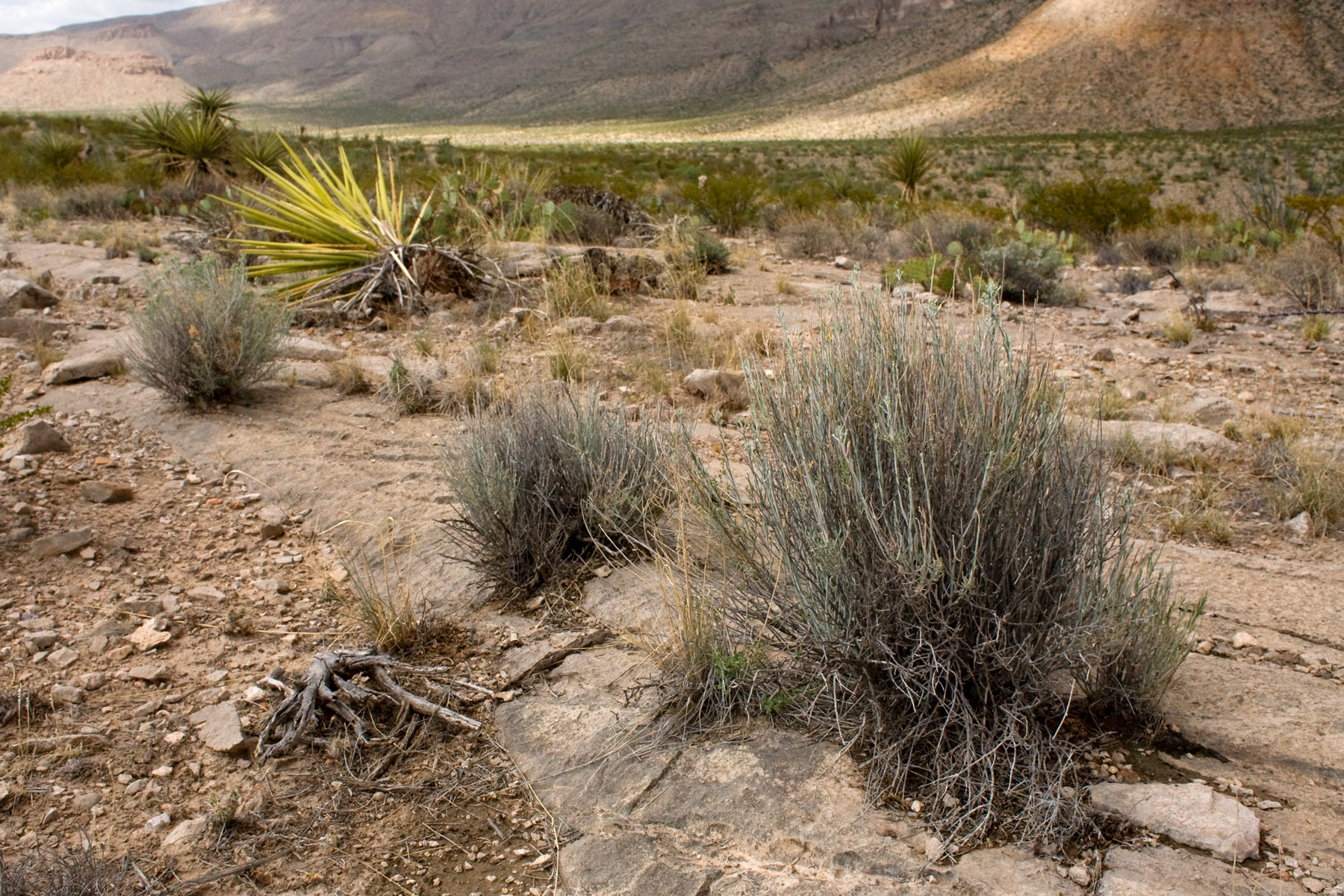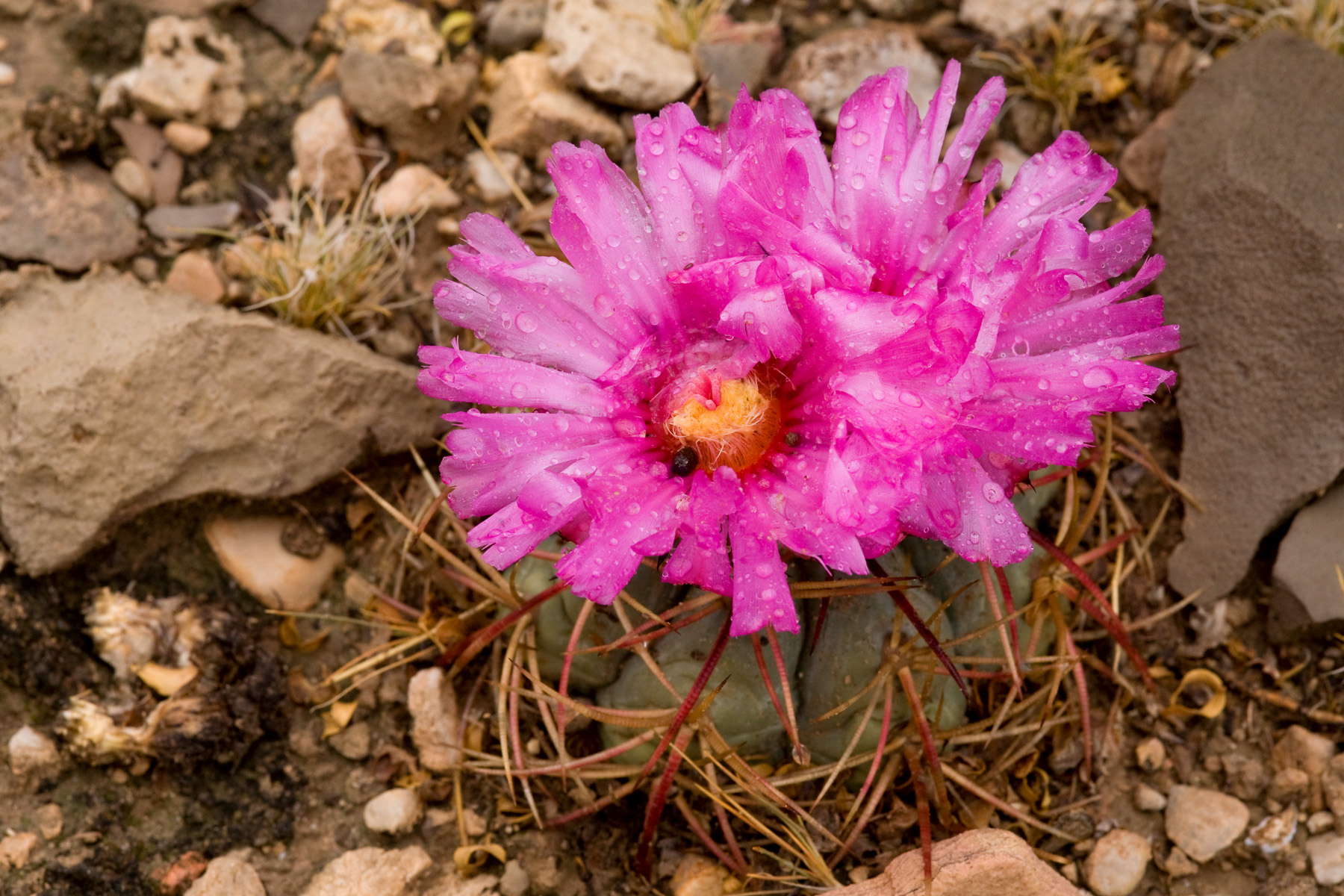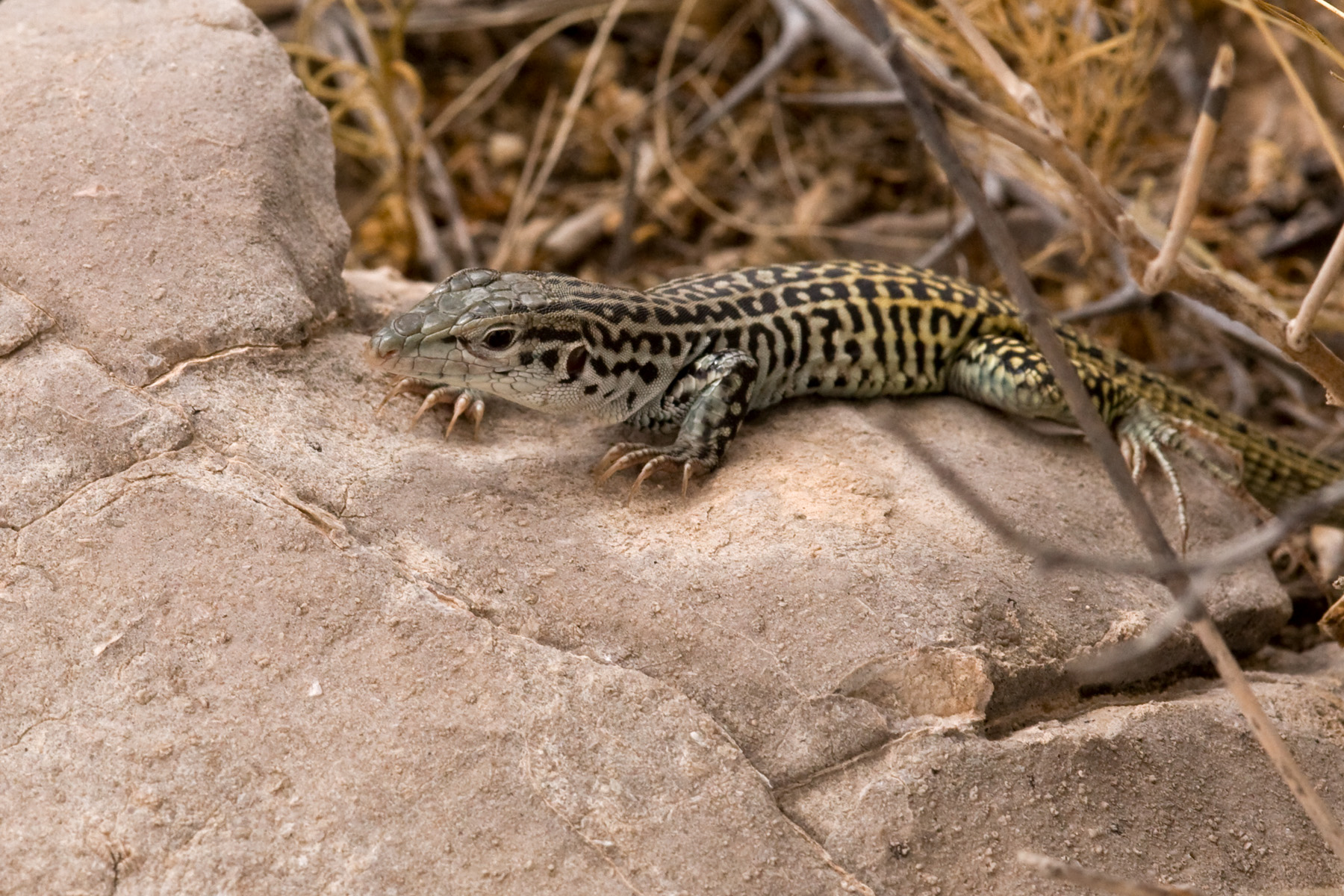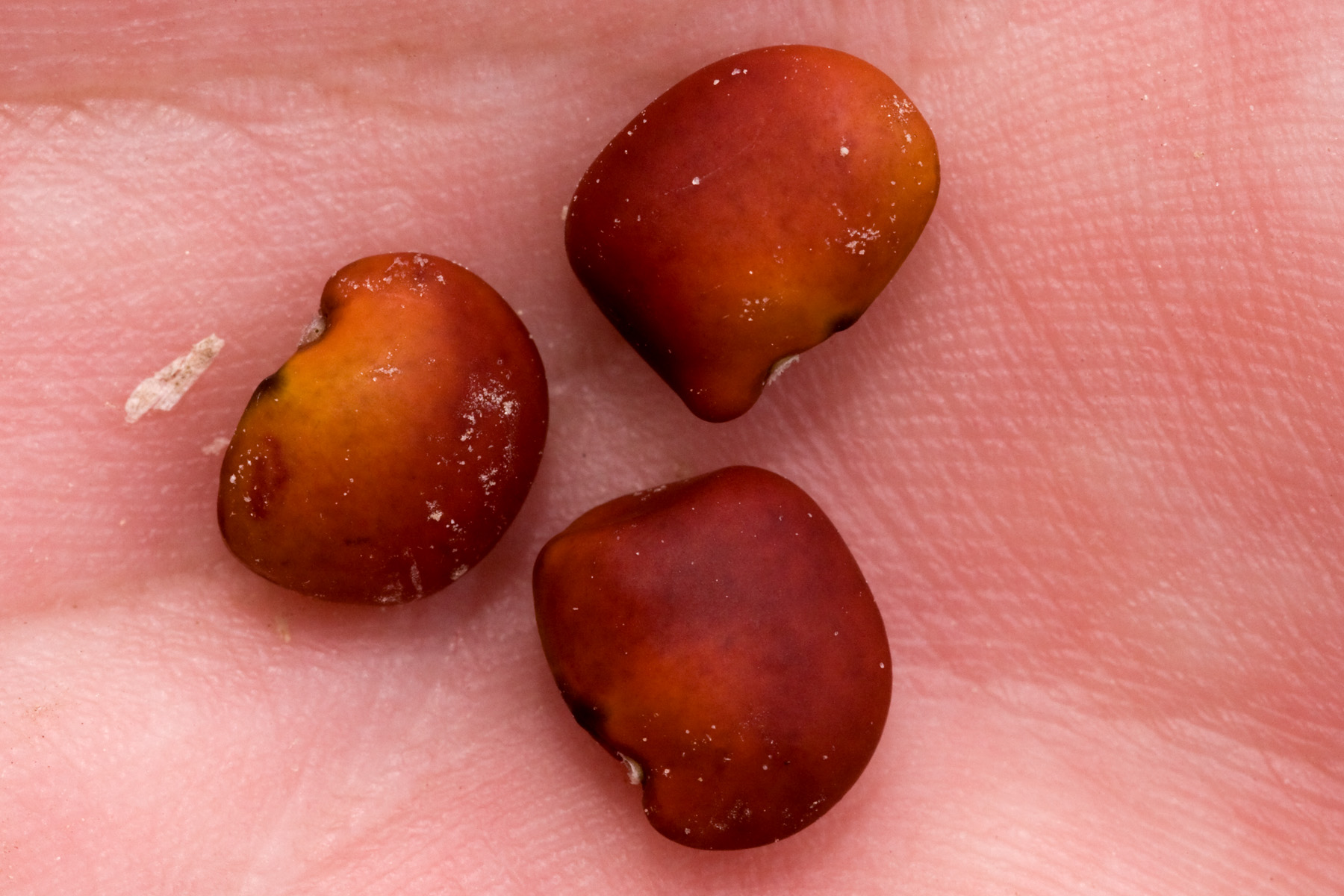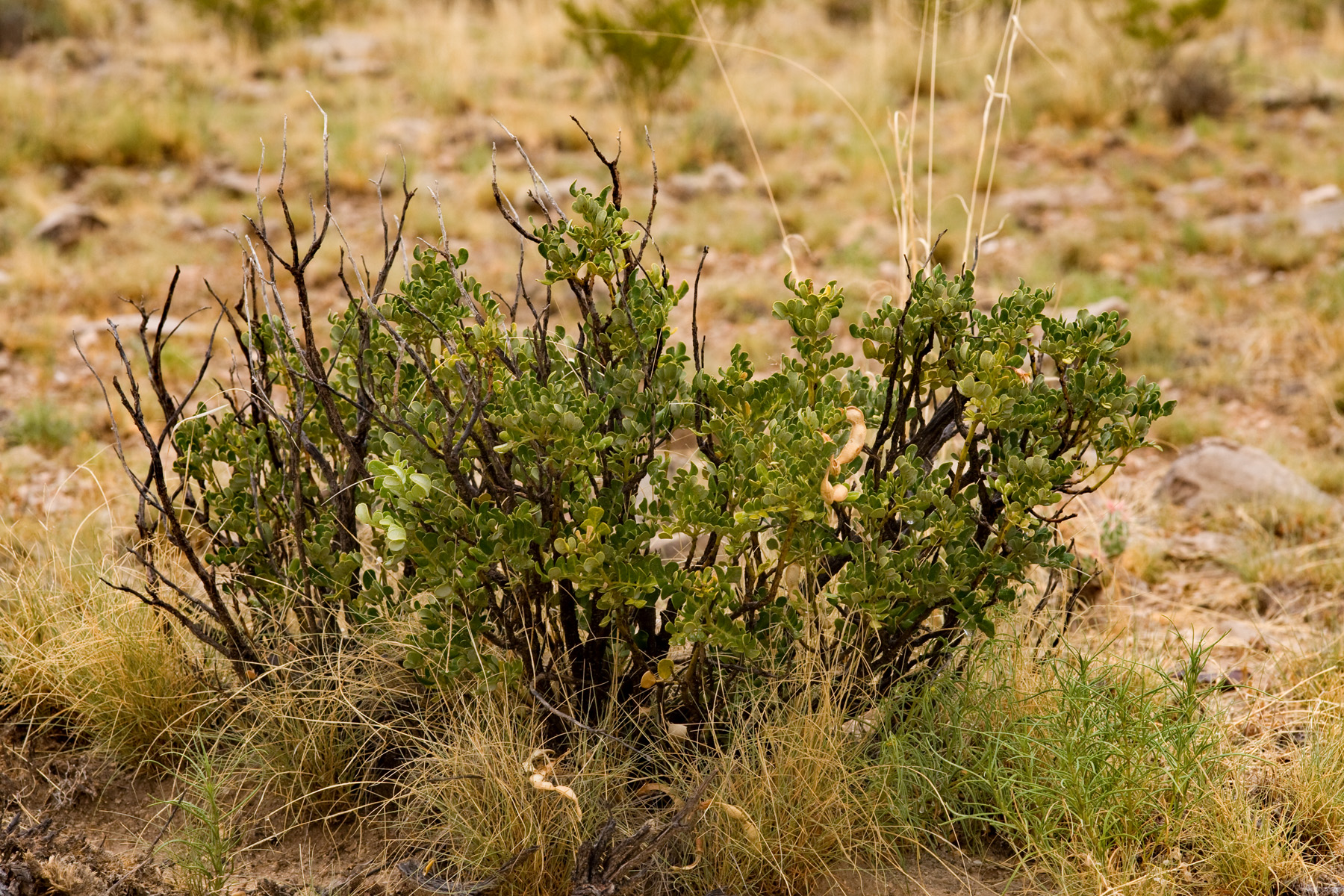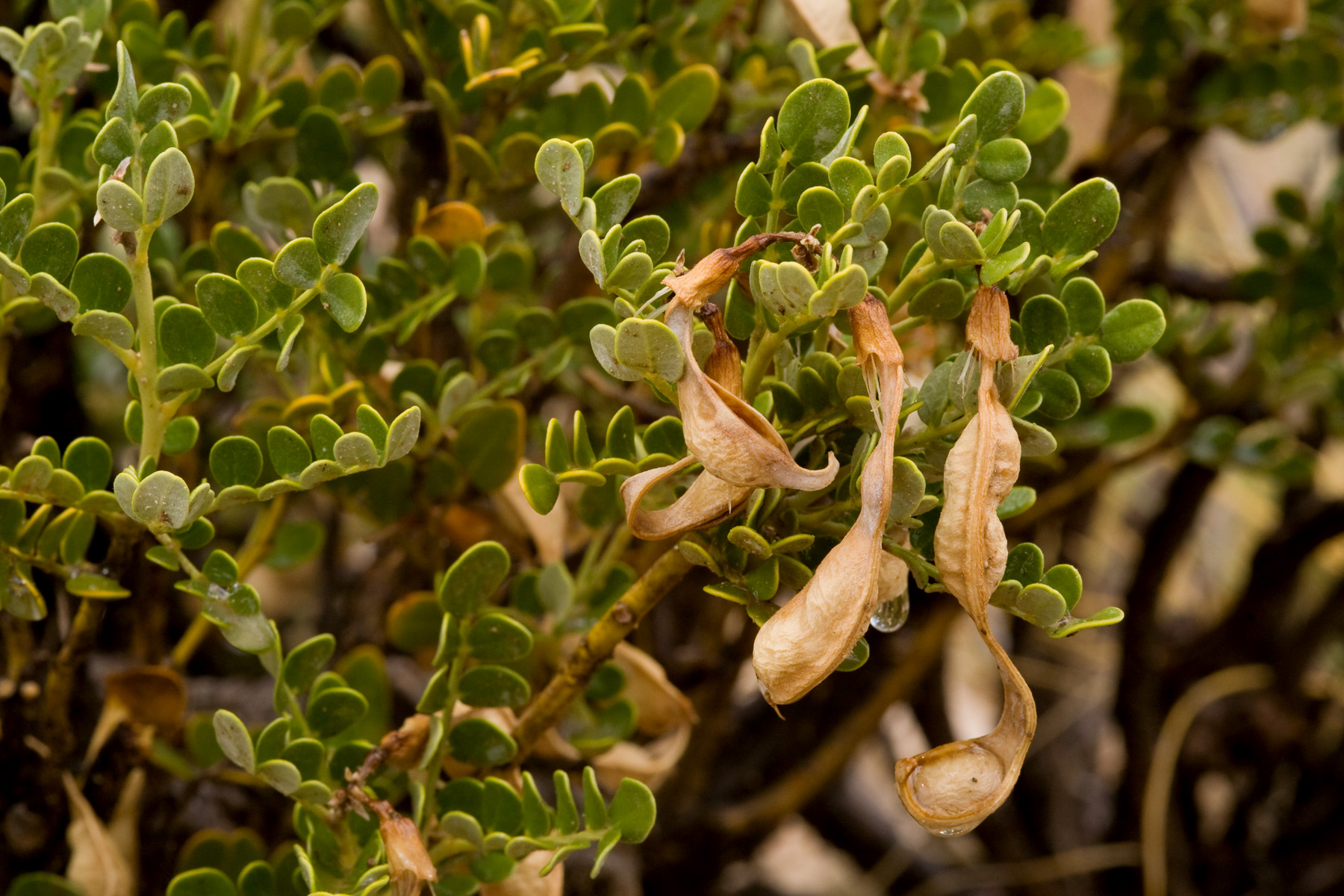S&G Monitoring and Beyond!
We finished S&G monitoring in the northern Gillette, Wyoming area! After visiting a variety of sites, we managed to do all of the line-point transects, wildlife evaluations, diversity studies, and geologic soil profiles. We have encountered more than sixty different species of forbs, grasses, and other flora! Some areas were incredibly diverse and had many different geologic and biologic processes. There were sites that were very saline that had a nice E horizon in the soil profile. Even looking at the soil profile and different species of grasses, we could understand the ecological significance of each site for many wild and domesticated animals. I encountered some very disturbed sites that had yellow sweet clover (Melilotus officinalis) and cheatgrass (Bromus tectorum) galore! Even with all of the cheatgrass and other invasive plants, we saw a diversity of grasses such as buffalograss (Bouteloua dactyloides), blue grama (Bouteloua gracilis), western wheatgrass (Pascopyrum smithii), needle and thread (Hesperostipa comata), prairie junegrass (Koeleria macrantha), purple red three awn (Aristida purpurea), green needlegrass (Nassella viridula), sandberg’s bluegrass (Poa secunda) and bluebunch wheatgrass (Pseudoroegneria spicata).
After the S&G monitoring, Sara and I went out to different sites south of Gillette. Our goal was to do rangeland health monitoring assessments. This would help everyone with future S&G monitoring when they would come back to the site next year. We had to do three point line transects that were 150 feet long at 0°, 120°, 240° azimuth. The point was to record the plants that were encountered every 3 feet along the measuring tape. We also had to look at species diversity, measure sagebrush length and height, assess total ground cover percentage, look for signs of erosion, and take notes on grazing practices on the allotment. We still have a lot of work to do, but we are totally ready for the challenge! ^_^
The Osborn Identity
All of the rangeland health monitoring had been going smoothly the last two weeks. Each of the sites we had to monitor were along county roads and took us around fifty minutes to assess. We did encounter one very tricky site known as the Osborn Allotment Site. Sara and I followed the GPS and took many back roads to get to the allotment. The problem was that the local quarries have expanded within the last year and absorbed all of the major roads leading to this site! D: We would make another turn and it would go into a quarry or a man-made valley. When you look on the satellite map, these smaller quarries did not exist. We spent a couple hours trying to find a way into this allotment and we did not want to give up, because we invested so much time into the search. We found a southern route and had to go through a field of cheatgrass and needle and thread. The grass seeds stored themselves in front of the truck and we had to stop to take the seed mass out before it caught on fire. We eventually made it to the Osborn Allotment Site, which was located next to a salt playa near another quarry. There were also a variety of birds that were present on the site such as the upland sandpiper, western meadowlark, lark bunting, lark sparrow, brewer’s sparrow, vesper sparrow, common nighthawk, turkey vulture, American crow, and grasshopper sparrow. Sara and I were pretty happy after finding and monitoring the site. We went on to complete two more sites that day. \(^_^)/

We found needle and thread seeds stuck in front of our truck. We should’ve taken a voucher and collected seeds for SOS. <_<…that was a joke.
The Little Bighorn Ranch Allotment Surprise
The Little Bighorn Ranch Allotment was located in the northeastern section of the Bighorn Mountains, which was located on the Montana-Wyoming border. To enter this allotment, we had to enter Montana and drive down into Wyoming. Sara and I went with BLM Legends Charlotte and Kay to monitor the site. I had to use all of my defensive driving experience when navigating through this valley the allotment was located in. This place was so isolated that it was never monitored before!! O_O We had to go over very narrow bridges and around boulder sites. The marmots were bemused by my twenty point turns I had to do with my truck when we encountered dead end roads.
The valley that we were in was bizarre!! This place seemed like an ecotone for three different kinds of habitats. We had ponderosa forests mixed with many grassland and wetland species. There were huge cottonwoods (Populus deltoids subsp. monilifera) growing along with ponderosa pine (Pinus ponderosa) with many types of prairie forbs and grasses. The river was so clear you could almost see the bottom! This was a trout fisherman’s paradise. On top of that, we encountered a variety of birds that should not have been living there according to the bird guides I always carried around. There were a number of hummingbirds, wrens, warblers, vireos, chickadees, towhees, sparrows, hawks, thrush, blackbirds, and flycatchers that made this valley their home. I really liked the broad tailed hummingbirds and American redstarts!
We eventually drove to the site, which was located near a Wildlife Management Area. We got out of the truck and looked at the GPS and the satellite map. We saw that the BLM site was located on the cliff and a high ridge. No wonder no one monitored this site before! Most of it was on a cliff and a steep ridge. <_< We looked for any way up, but each way leading to the ridge was too dangerous to climb. V_V After investigating the area, we gave up the search for a safe route to site. Charlotte told us that we would work with the Forest Service later on to monitor this site. Kay and Charlotte theorized that there could be another way to access this plot from the other side of the ridge but that could take all day! D: After doing another fifteen point turn in a truck that had a nonexistent turning radius, we headed back to the Tongue River for a site evaluation before heading back to the office to work on more maps and data entry.
Misadventures
The Rare Sighting on Mt. Elbert
During a small break over the weekend, I decided to visit my sister Rachel and her family down in Denver, Colorado. One of the goals for the weekend was to go with my brother-in-law, Eric, to climb Mt.Elbert, one of the taller 14ers in the state of Colorado. The long hike up the mountain was amazing! By the tree line there were all kinds of interesting forbs, many of which I have never seen before.
When we got to the top of the mountain I noticed a couple of small finches hopping on the ground. I took a closer look and was totally shocked! They were brown capped rosy finches!! OoO I was beyond thrilled to see these very rare finch species. I told Eric and everyone around me. Then I took a large amount of photos of them just to prove to my friends that I have seen this species. We reached the summit and viewed our surroundings before heading down the trail. Reaching the summit with Eric and finding the brown capped rosy finch really made my day at least 20% cooler. ^_^
Blue Bank Road
One weekend I decided to follow a rock hounding lead to an area near Worland, Wyoming, which was located on the other side of the Bighorn Mountains. Rumors say that there were many fossils and very unusual geologic formations on this BLM land. I decided to investigate this region to see if the rumors were true. I did some research and found out this area was located on Blue Bank Road and was called the Honeycombs. When driving to the location, I packed a lot of water and some food in case of harsh, sunny conditions.
Blue Bank Road was very gravely and would be considered a back country road. I drove up to the first pull off and I was in awe!! The area looked like the Badlands in South Dakota, but they were far more colorful. Red, pink, white, brown, tan, and black could be seen in all of layers of the rock formation. I investigated each formation at every site and found all sorts of bizarre geologic wonders. There were plenty of agates, very colorful chert, degraded fossils of plants, and different gypsum rocks. The formations were quite impressive. I have a minor in geology and there were some geologic oddities that really puzzled me. There were a variety of birds that populated this area such as the canyon wren, rock wren, western meadowlark, chukar, grasshopper sparrow, western kingbird, mourning dove, lark sparrow, sage thrasher, and ferruginous hawk. Overall, the trip to this area was very successful and I found many awesome rocks!
GIF of the Week!!
When I go out into the field with Sara and monitor different sites for grass and forb species, I always dreamed of seeing one of the land owners in the distance watching us and nodding his or her head in approval for the work we are doing… just like Jeremiah Johnson in this gif.


















